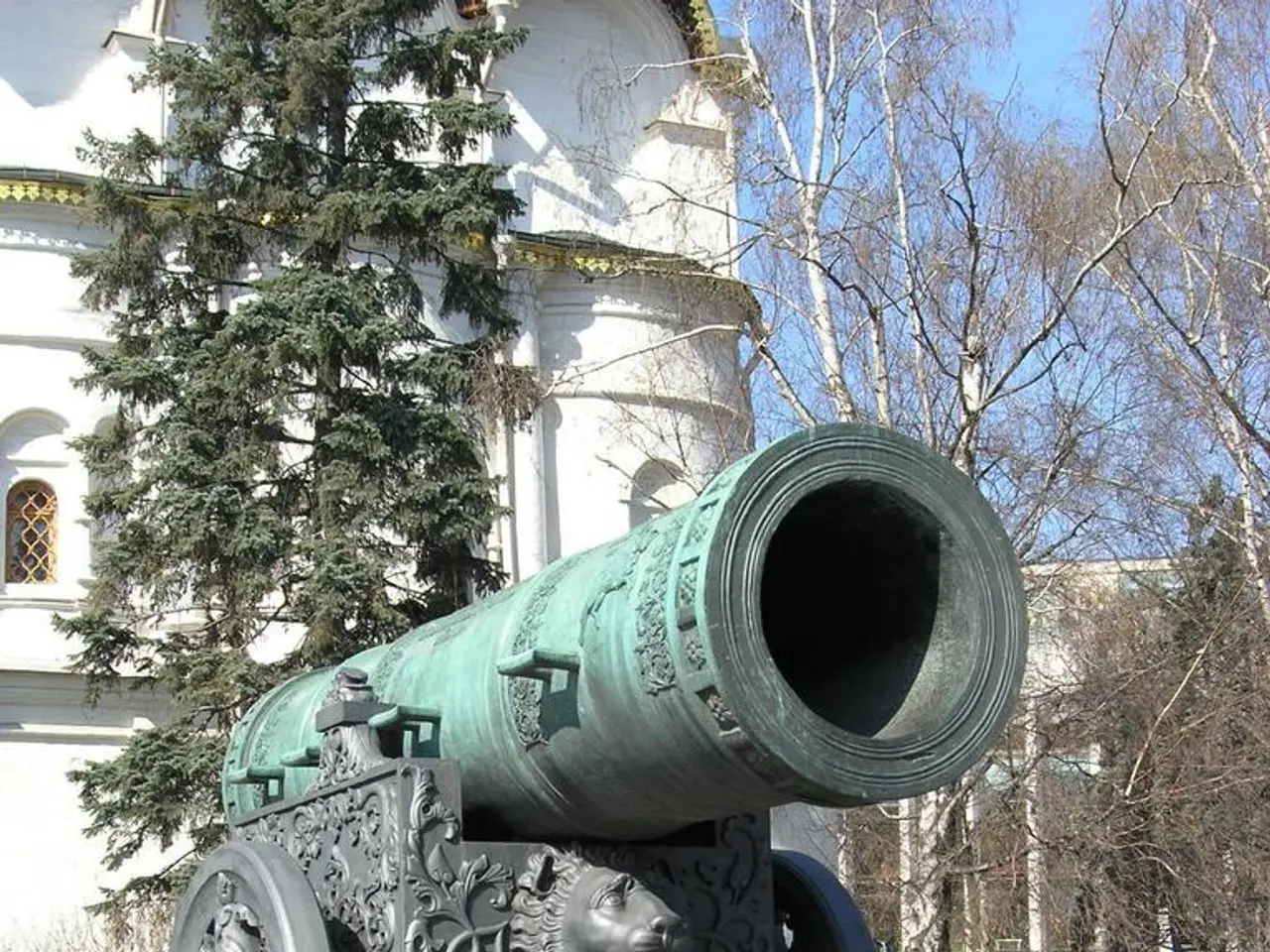U.S. President's limo hosts commencement of Putin and Trump's initial meeting, featuring a private conversation.
Ukraine Crisis Summit Between Putin and Trump Concludes Without a Deal
On August 15, 2025, Vladimir Putin and Donald Trump met in Alaska for a highly anticipated summit aimed at finding a long-term peaceful resolution to the Ukrainian crisis. The venue for the summit was the joint military base of Elmendorf-Richardson in Anchorage, Alaska.
The leaders exited their planes and met on a red carpet before the official start of the summit. The main topic of the talks was the search for a full peace deal, rather than just a ceasefire, to end the war entirely.
The US President, Donald Trump, was expected to offer a "carrot" to resolve the conflict in Ukraine. Secretary of State Marco Rubio, Chairman of the Joint Chiefs of Staff Dan Keane, Commerce Secretary Howard Lattner, and CIA Director John Ratcliffe attended the summit from the United States.
From the Russian side, President Vladimir Putin was accompanied by Finance Minister Anton Siluanov, Foreign Minister Sergey Lavrov, President's Special Representative for International Investment Cooperation Kirill Dmitriev, Defense Minister Andrey Belousov, and Presidential aide Yury Ushakov. Pentagon chief Pete Hegseth was also present from the US side.
Despite the constructive nature of the discussions, the summit concluded without a deal to end the war in Ukraine. Secretary Rubio stated that achieving peace would require mutual concessions from both Russia and Ukraine, which had proven difficult. Trump suggested that Ukraine should "play offensive," implying Ukraine needs to assert itself militarily to improve its position at the negotiating table.
Russian officials insisted that Russia must have a role in any future security guarantees for Ukraine and viewed European-led discussions as ineffective. Ukraine's president, Volodymyr Zelenskyy, was not invited to the summit; instead, he held a phone call with Trump and was scheduled for a visit to the White House shortly after.
After the summit, Trump planned to meet with Zelenskyy and European leaders to explore peace options. Both sides faced significant challenges in reaching agreement, with ongoing warfare and conflicting demands over security arrangements and territorial issues continuing to hamper progress.
A live broadcast of the meeting between Putin and Trump in Alaska was conducted by Gazeta.RU. TASS reported the event. The brief conversation before the official start of the summit was not part of the live broadcast. The meeting did not take place in the American leader's limousine as previously reported.
In summary, while the Putin-Trump summit marked a high-profile diplomatic engagement, it did not produce concrete solutions, leaving the conflict unresolved but opening avenues for further negotiations involving Ukraine and European partners shortly thereafter.
- The discussions during the Putin-Trump summit in Alaska, although constructive, did not result in a policy-and-legislation agreement to end the war in Ukraine, with both sides requiring mutual concessions for peace.
- The Ukrainian crisis, a matter of war-and-conflicts, was the main topic of the Putin-Trump summit, and the general-news media reported that Trump suggested Ukraine should "play offensive" to assert itself militarily and improve its negotiation position.








